The Xuan Lien Nature Reserve is located in the upper forested watershed of the Chu River, in Thuong Xuan District, western Thanh Hoa Province, Vietnam, about 130 km northwest of Thanh Hoa city.
The Xuan Lien Nature Reserve was established in December 1999, with a total area of 27,668 ha, including 19,800 ha of the strictly protected area, 7,848 ha of ecosystem restoration area, and 20 ha of service and administrative area. In addition, the buffer zone of the nature reserve covers an area of 33,590 ha. However, another source states that the total area of the nature reserve is 23,610 ha, located in the communes of Bat Mot, Yen Nhan, Xuan Khao, Xuan Lien, Xuan My, and Van Xuan, in Thuong Xuan District.
After the communes of Xuan My, Xuan Lien, and Xuan Khao (in the heart of the Cua Dat reservoir) were dissolved in 2008, the Xuan Lien Nature Reserve fell within the administrative boundaries of the communes of Bat Mot, Yen Nhan, and Van Xuan, in Thuong Xuan District.
The nature reserve is located near the Vietnam-Laos border, bounded by the Cao River to the north, and neighboring Nghe An Province to the west and south.
The nature reserve is situated on a mountain range that runs from Sam Nua in Laos to Thuong Xuan and Nhu Xuan districts of Thanh Hoa Province, with many peaks such as Ta Leo Mountain (1,400 m), Bu Cho Mountain (1,563 m), Bu Hon Han Mountain (1,208 m), and an unnamed peak that rises to 1,605 m, the highest peak. The geology of the region is diverse, including sedimentary rock, shale, spilite, aldezite, and various types of metamorphic rocks such as igneous and quartzite.
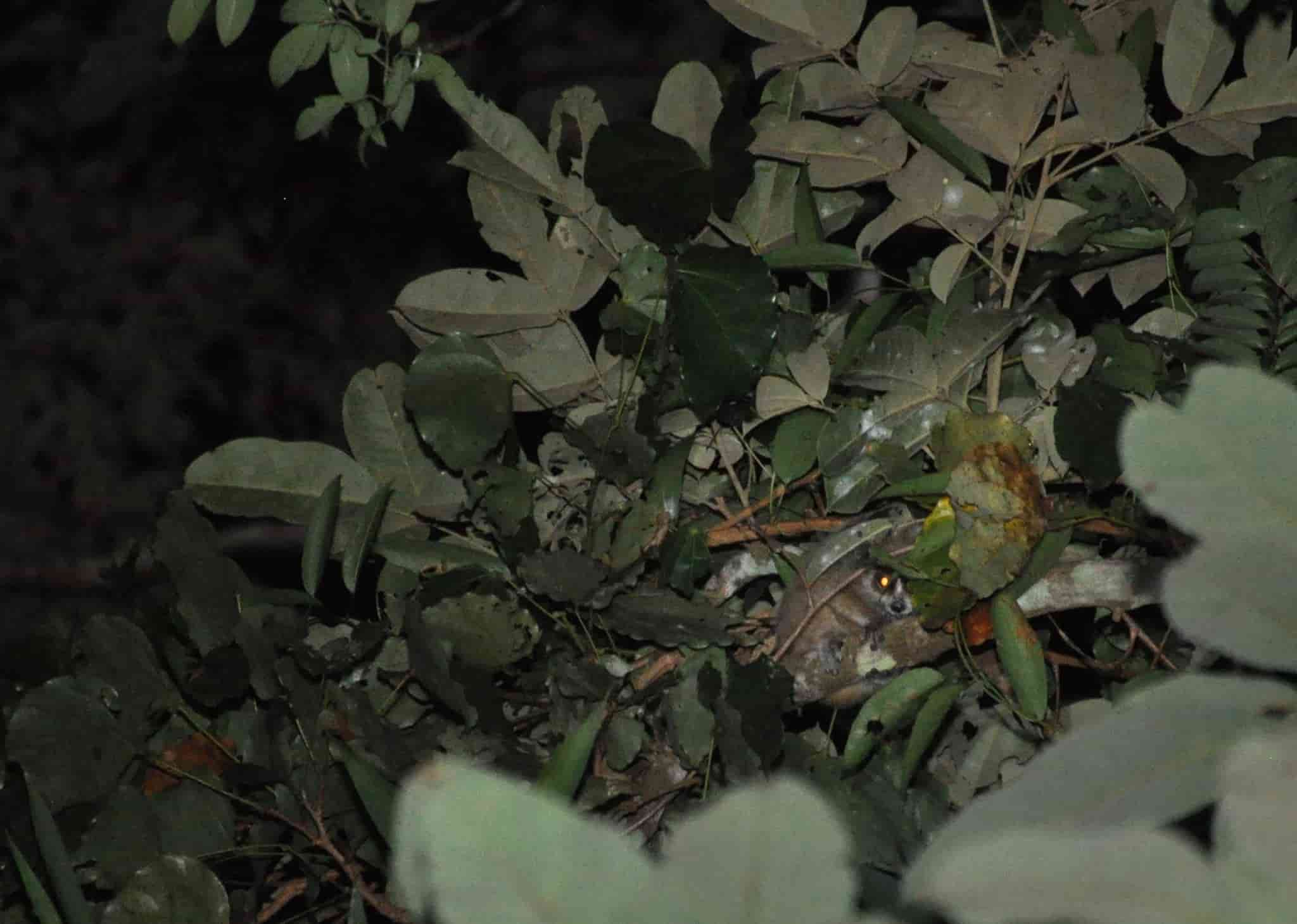
The Xuan Lien Nature Reserve adjoins the Pu Hoat Nature Reserve in Nghe An Province, with a common boundary of 20 km. If protected, the total area of the two reserves would reach 90,000 ha. The forests in the Xuan Lien Nature Reserve play an important role in protecting the headwaters of the Chu River.
Table of Contents
Biodiversity
There are four main types of forests in Xuan Lien, which occupy about 18% of the total conservation area. These are mixed coniferous forests and broad-leaved evergreen forests in low mountains, above 800 meters, with broad-leaved tree species of the families Fagaceae, Dipterocarpaceae, and Lauraceae.
In addition, some gymnosperm species such as Podocarpus Imbricatus, Cunninghamia Konishii, and Fokienia Hodginsii also appear sporadically on high mountains above 1000m in this type of forest.
The second main forest type is lowland evergreen forests that appear at an altitude below 800m. This forest type has been severely degraded and occupies only 3% of the total natural area of the region.
The secondary forest types include bamboo forests, and tree and evergreen forests, both of which are secondary vegetation types developed from exploited or slash-and-burn forests. The remaining vegetation types are pure bamboo forests, grasslands, and shrubs.
According to preliminary statistics, the conservation area currently has more than 6,000 hectares of primary forests, 572 plant species, including 156 valuable medicinal plants, over 40 fruit trees, over 300 timber trees, and 23 resin and oil trees such as Agarwood, Aquilaria sinensis, Cinnamon, and hundreds of medicinal plants, orchids, etc.
Especially, there is the Bac Son palm tree, which is always fresh and has cluster leaves at the top, with a tall and majestic appearance.
Among the 560 recorded plant species in Xuan Lien in 1998, four are unique to Vietnam, including Cinnamomum balansae, Colona poilanei, Croton boniana, and Macaranga balansae.
The animal diversity in this area is relatively high compared to other protected areas in northern and central Vietnam. A total of 38 species of mammals have been recorded, ten of which are globally threatened species.
The recorded mammal species are particularly important for the conservation of the gray-shanked douc langur, the white-cheeked gibbon, the black-shanked douc langur, and Roosevelt’s muntjac (Muntiacus rooseveltorum).
This is the first recorded sighting of Roosevelt’s muntjac in Vietnam since the species was discovered in Laos 69 years ago. A total of 134 bird species were recorded during the survey, including a narrow-range species called the long-billed wren-babbler.
Preliminary statistics show that the conservation area has 136 bird species belonging to 11 typical orders and 29 families, some of which have large populations such as pheasants and peafowl. There are also 53 species of reptiles and amphibians and 143 species of butterflies.
Topography and hydrology
Xuan Lien Proposed Nature Reserve is a natural area located in the western part of Thanh Hoa province, Vietnam, near the border with Laos. The reserve is situated in a range of mountains that extend from Laos to Thuong Xuan and Nhu Xuan districts in Thanh Hoa province.
The mountains in this region feature many peaks, including Mount Ta Leo, Mount Bu Cho, Mount Bu Hon Han, and an unnamed peak that stands at 1,605 meters and is the highest point in the reserve.
The geology of the area is diverse and includes sedimentary material, schist, spilite, aldezite, and other metamorphic rocks like marble and mica. The topography of the site is characterized by medium to high mountains, which range from 800 to 1,600 meters in elevation and are dissected by narrow, deep valleys that slope steeply from west to east.
The east of the site is characterized by gently sloping foothills. Many rivers in the region have flat, fertile valleys in their lower sections, and the Chu river and its tributaries drain the proposed nature reserve. The Chu river originates in Laos and flows through Nghe An province before passing through the reserve.
Tourism Development Plan for Xuan Lien NR
Xuan Lien NR is a valuable natural resource with over 4,000 hectares of primeval forest that is home to rare and precious flora and fauna species listed in the Vietnam Red Book and the IUCN Red List. It also boasts beautiful attractions such as Cua Dat lake and the culture of the Thai and Muong ethnic groups. Despite its potential for ecotourism, tourism in the area has not been fully realized.
To address this issue, the Center for Nature Conservation and Development (CCD) and the Management Board of Xuan Lien NR have developed a tourism development plan. The aim of the plan is to improve the livelihoods of local people and increase their awareness of biodiversity conservation and environmental protection.
The CCD has placed community involvement as a key factor in the plan. Through tourism activities, locals will have greater opportunities to develop skills, find employment, and increase their income. Such activities will also serve as effective tools in raising public awareness about nature and biodiversity conservation.
Conservation Project Discovers Rare Civet Species in Xuan Lien Nature Reserve
The Management Board of Xuan Lien Nature Reserve in Thanh Hoa province is currently implementing a scientific project called “Investigating, conserving, and developing species in the Viverridae family at Xuan Lien Nature Reserve” from 2021 to 2023.
As of now, the project has conducted 8 field surveys with camera traps, which have led to the discovery of four rare civet species, including the Owston’s civet, the Hose’s civet, the Large-spotted civet, and the Crab-eating civet living and foraging in the forest sub-areas.
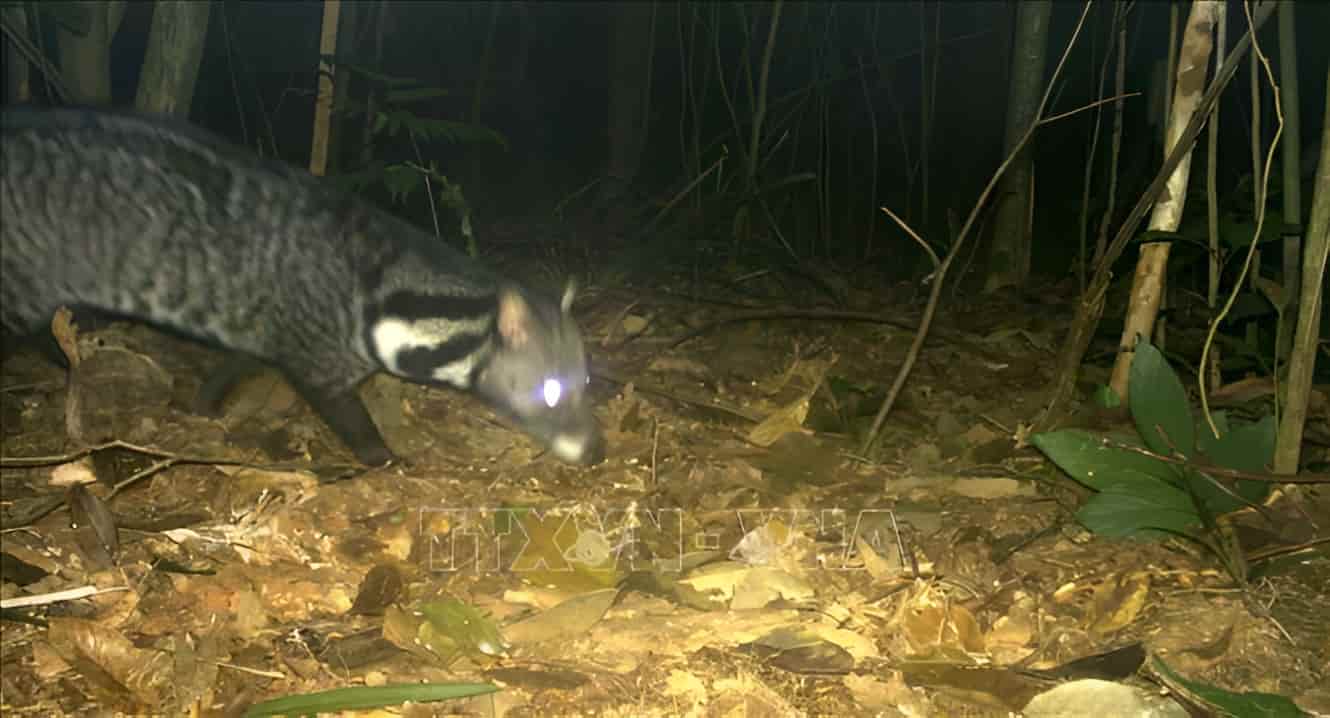
Pictured above is the Owston’s civet (Chorotogale owstoni), which has light golden or silver-gray fur with many black spots on its sides and thighs. Its diet consists of earthworms, fruits, mice, frogs, lizards, and bird eggs, and it is already listed in the Vietnam Red Book.
Chorotogale owstoni, also known as Owston’s palm civet, is a species of civet native to Vietnam, Laos, and southern China. Sadly, the species is listed as endangered by the International Union for Conservation of Nature (IUCN) due to an ongoing population decline, estimated to be over 50% in the last three generations. The decline is believed to be caused by over-exploitation, habitat destruction, and degradation.
Recently, in the Xuan Lien Natural Reserve located in the north-central province of Thanh Hoa, Vietnam, four rare civet species have been discovered thanks to photo traps. Among these, one of the species found is A Cay Van Bac, which is the scientific name for Chorotogale owstoni. This discovery is a positive step towards understanding and protecting these endangered species.
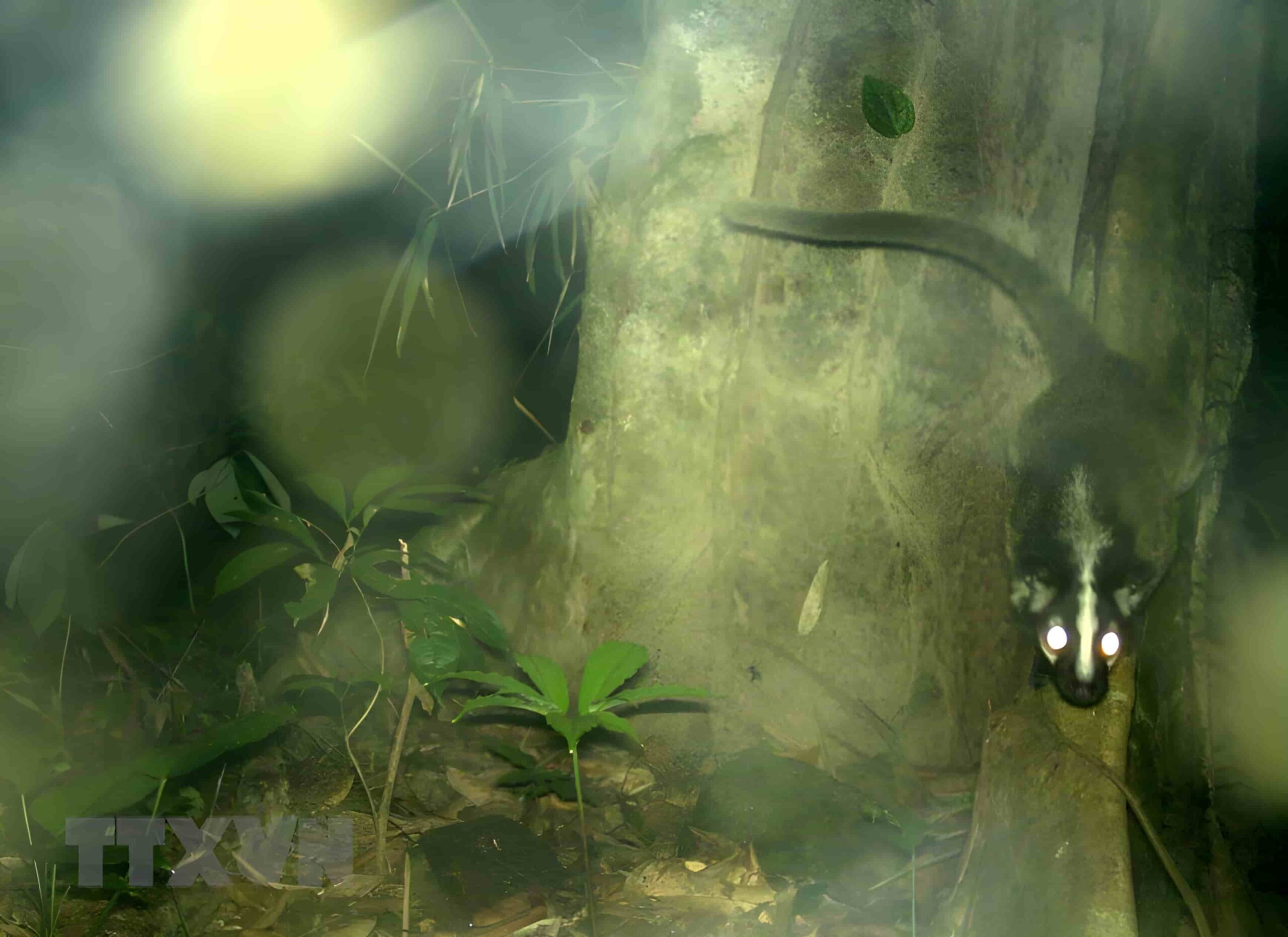
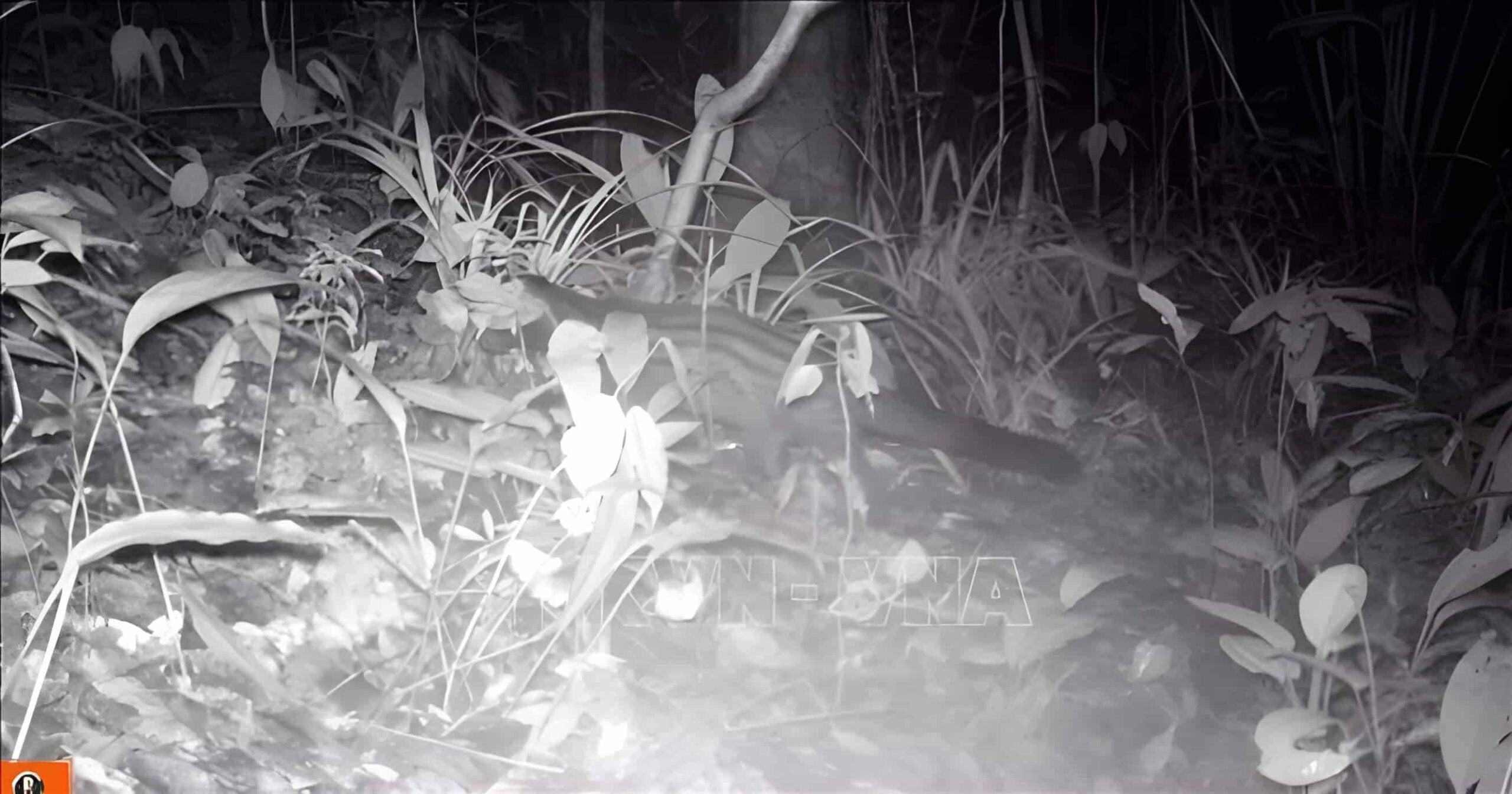
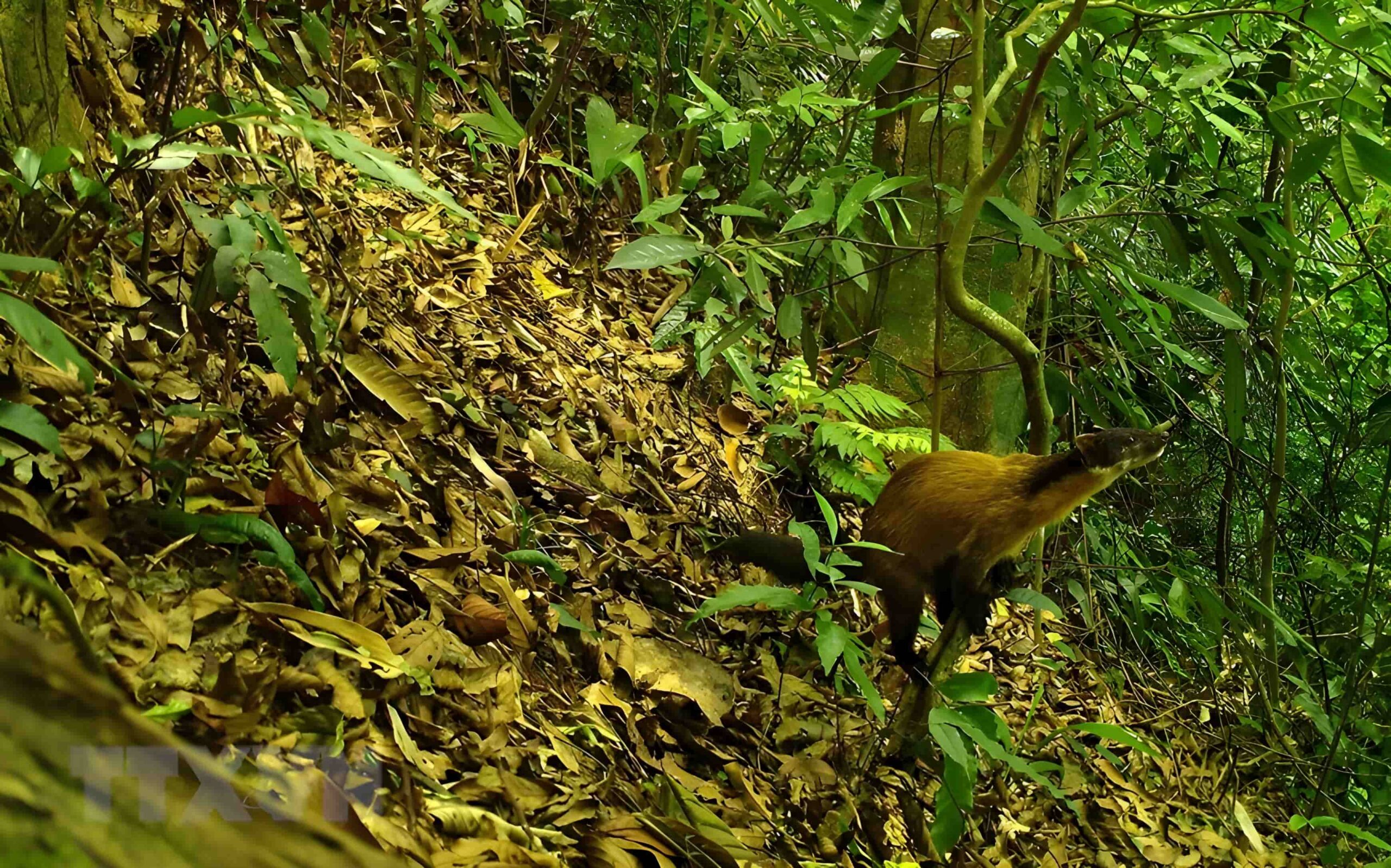

In Xuan Lien Nature Reserve, the Owston’s civet has been found in forest sub-areas 494 and 500.
Conservation Issues at Xuan Lien Proposed Nature Reserve
The Xuan Lien proposed nature reserve is facing several conservation issues, especially in relation to the populations of large mammal species. The high hunting pressure has resulted in small and fragmented populations of many of these species. Moreover, the reserve alone may not be sufficient to sustain viable populations of some species in the long run.
However, the Xuan Lien proposed nature reserve is contiguous with the Pu Hoat proposed nature reserve in Nghe An province, and the two reserves share a boundary of 20 km with a combined protected area coverage of around 90,000 ha. This suggests that conservation efforts could be extended beyond the boundaries of the Xuan Lien reserve to better protect these species.
According to the Thanh Hoa Provincial FPD (in litt. 2000), the biggest threats to biodiversity at the Xuan Lien proposed nature reserve are forest clearance for agriculture, hunting, over-exploitation of forest products, and forest fires. These threats require immediate action to ensure the long-term survival of the reserve’s biodiversity.
- References:
The article uses the research document "A Feasibility Study for the Establishment of Xuan Lien Nature Reserve, Thanh Hoa Province, Vietnam." by Le Trong Trai and colleagues. Link: https://www.thiennhienviet.org.vn/sourcebook/report_pdf/report7.pdf
Images credit: Vietnam News Agency

